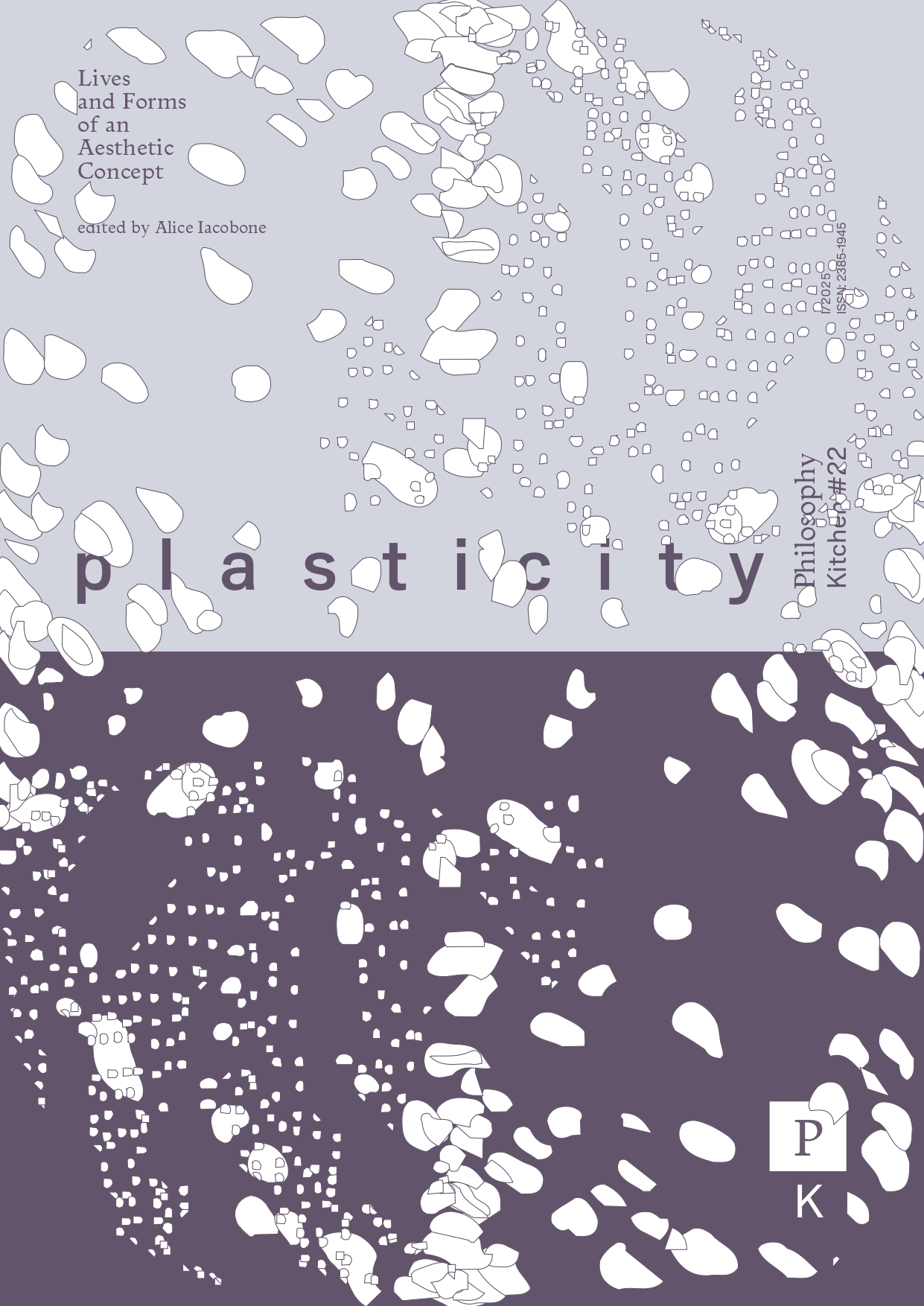Plastic Imprints. Rethinking Plasticity with Material Aesthetics
DOI:
https://doi.org/10.13135/2385-1945/12029Abstract
This essay explores the material and aesthetic aspects of the concept of plasticity. Catherine Malabou’s influential account understands plasticity from a morphological perspective built on human subjectivity. Her account, however, overlooks the plasticity of nonliving materials as well as the origins of plasticity in the field of aesthetics and the arts. At the same time, Malabou rejects the figure of the imprint, which she associates to the Derridean trace. Drawing on Gilbert Simondon and Georges Didi- Huberman’s theories, my argument is based on a reappraisal of the imprint understood as a non-reductive, non-hylomorphic way of conceiving of the event of material morphogenesis that is at stake in plasticity. By addressing these points – the imprint, the arts, aesthetics, and nonliving materials – it will be possible to gain a renewed understanding of plasticity and make it into the core concept of a new materialist account centered on the affects and the “sensations” of singular materials: a material aesthetics. This theoretical operation will prove possible only by remaining close to the materials (here, wood, clay, wax, plaster, …) and to the practices (here, the technique of waste-mold casting).






